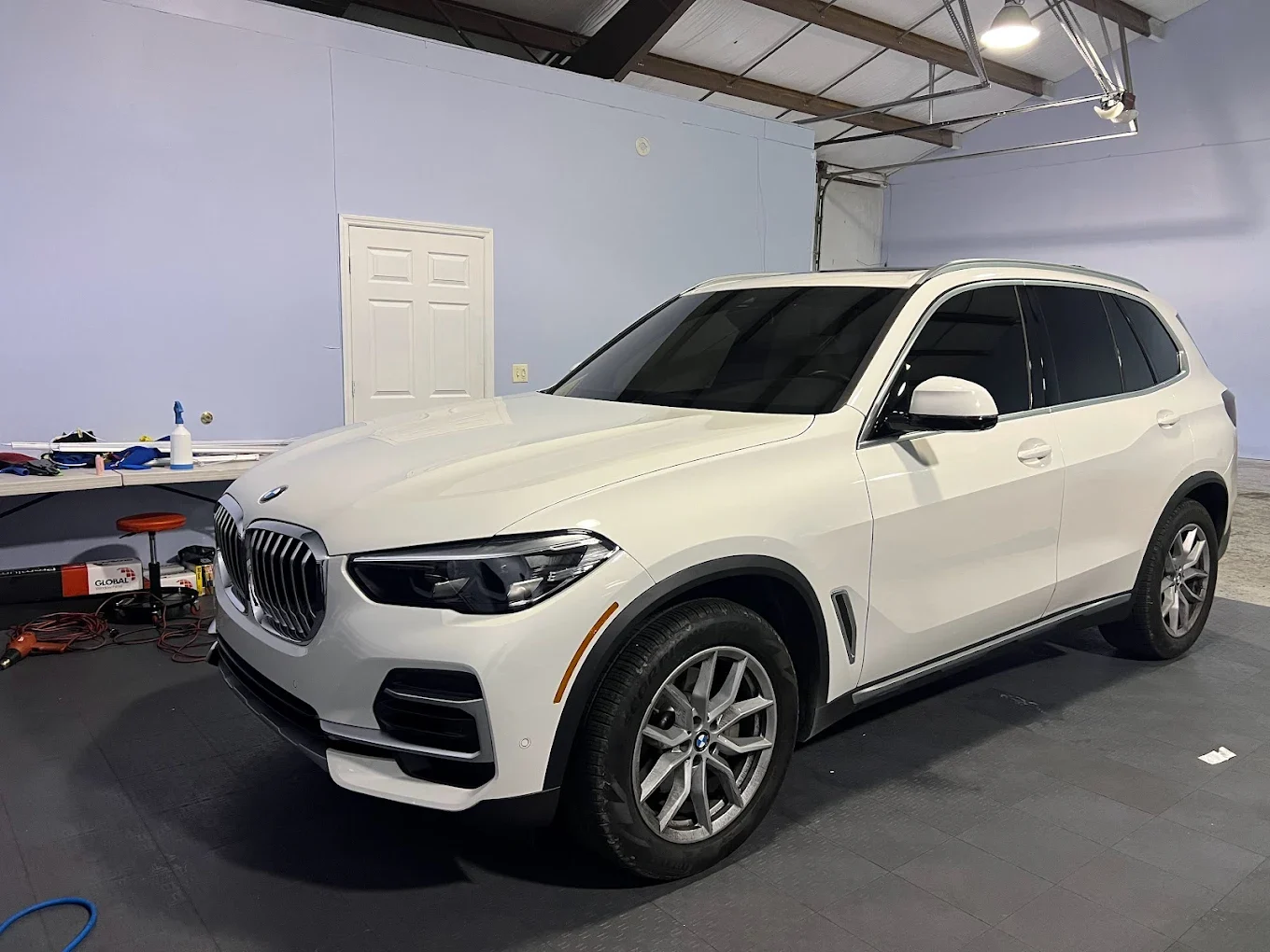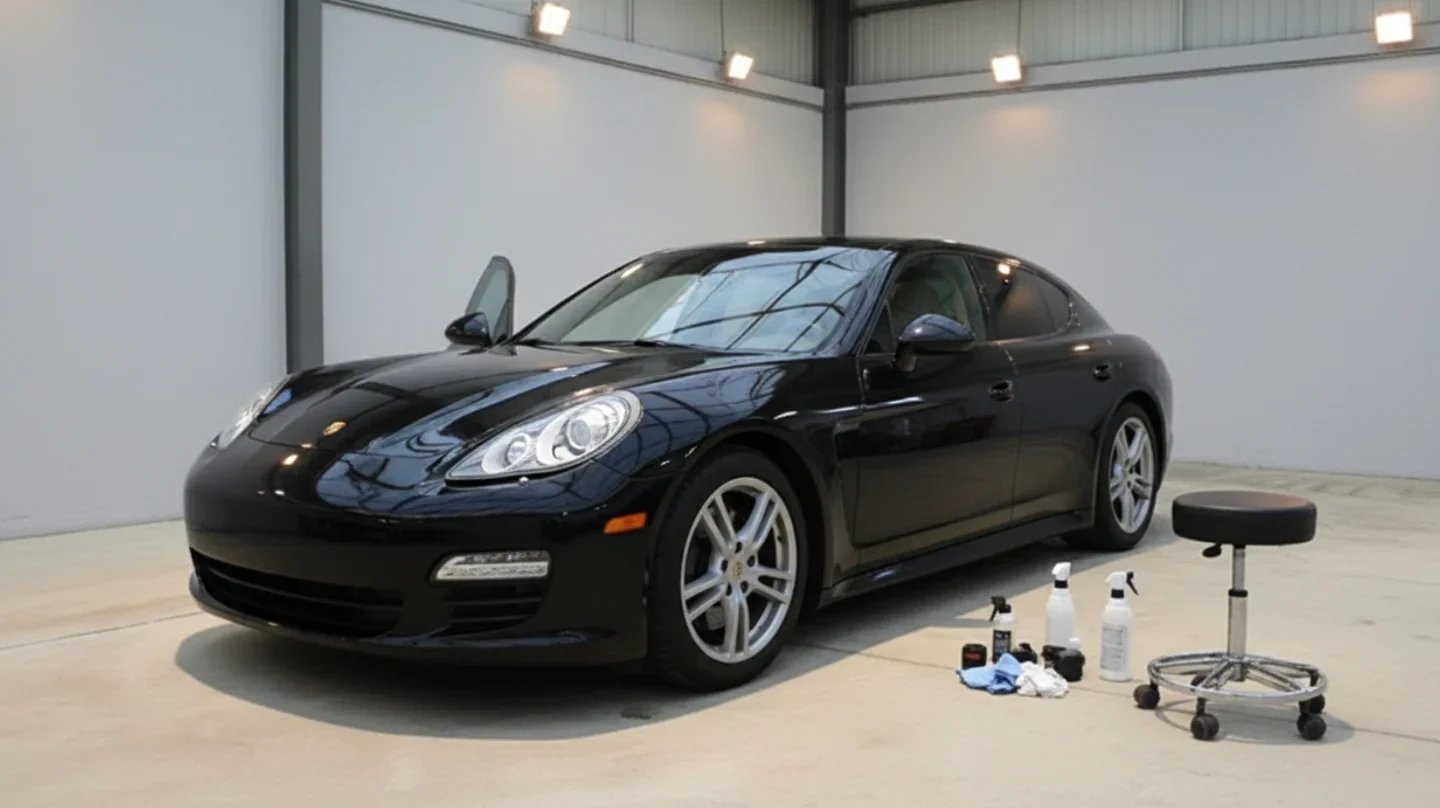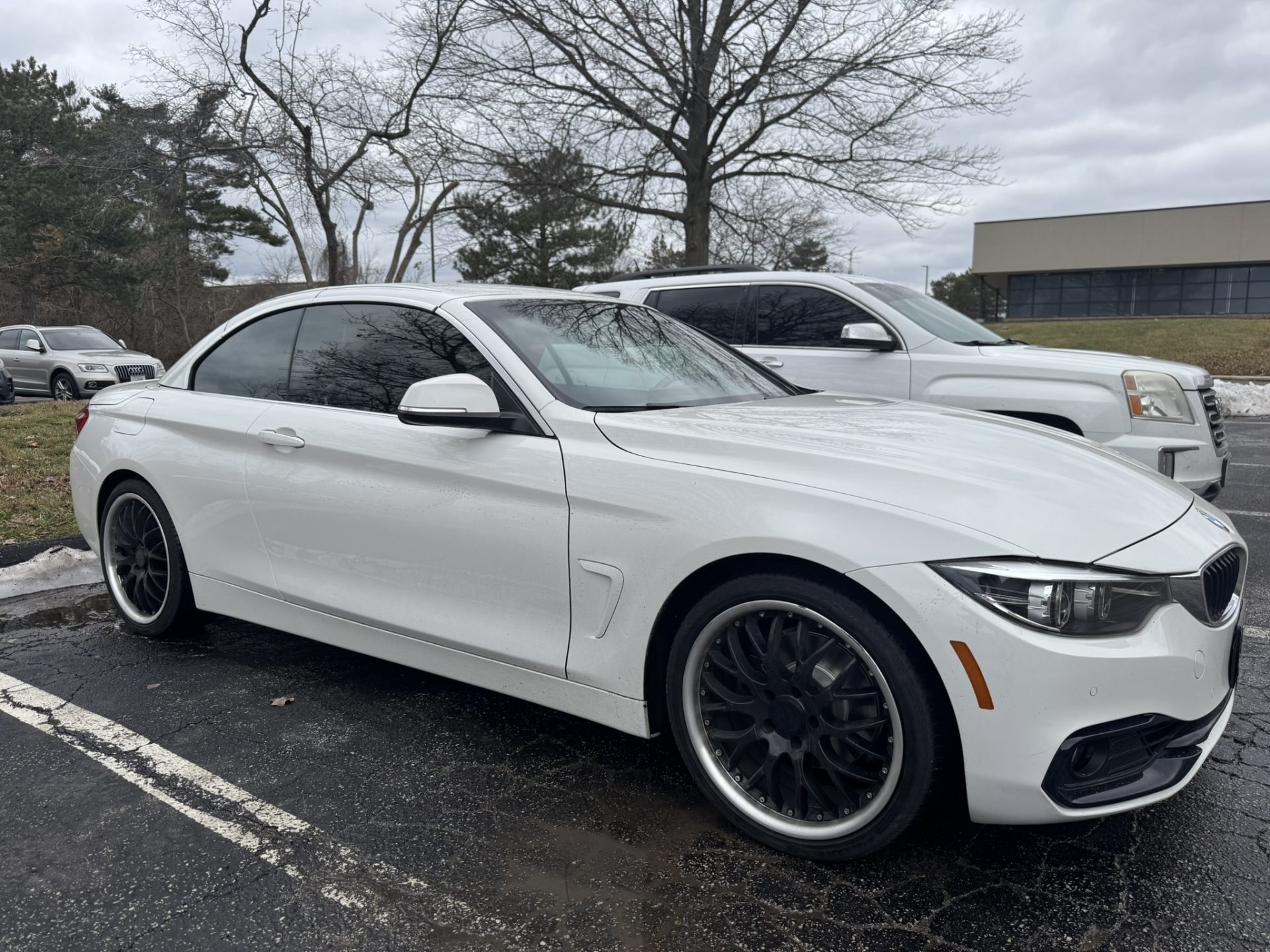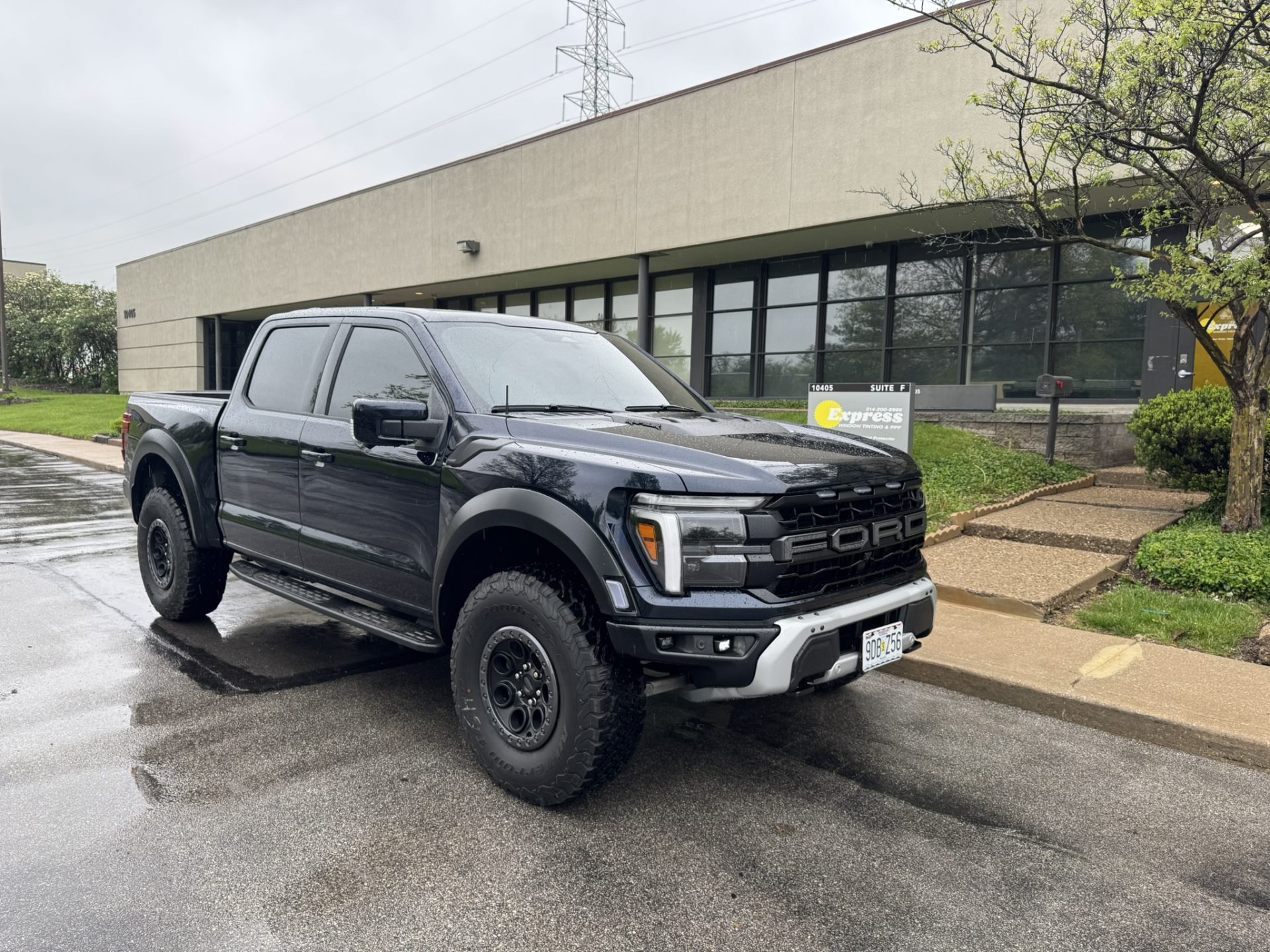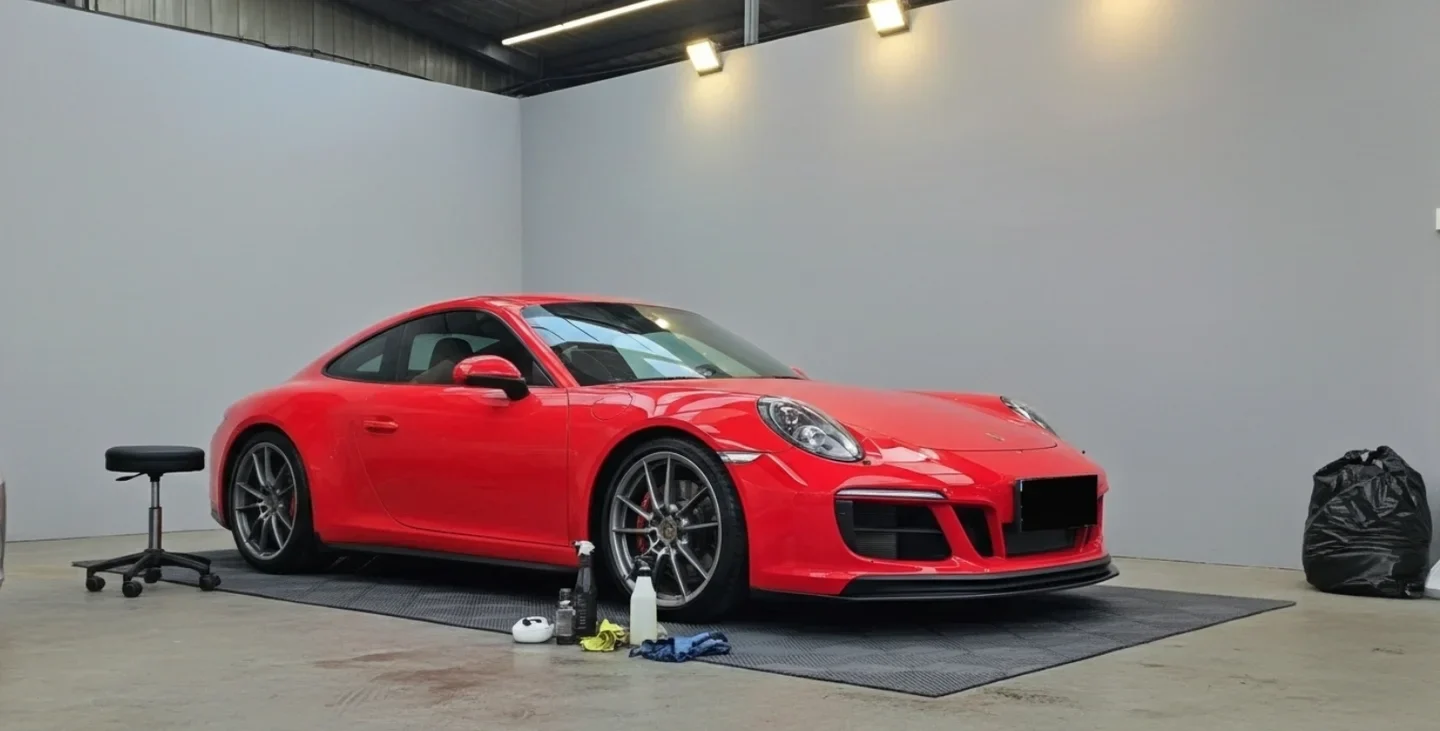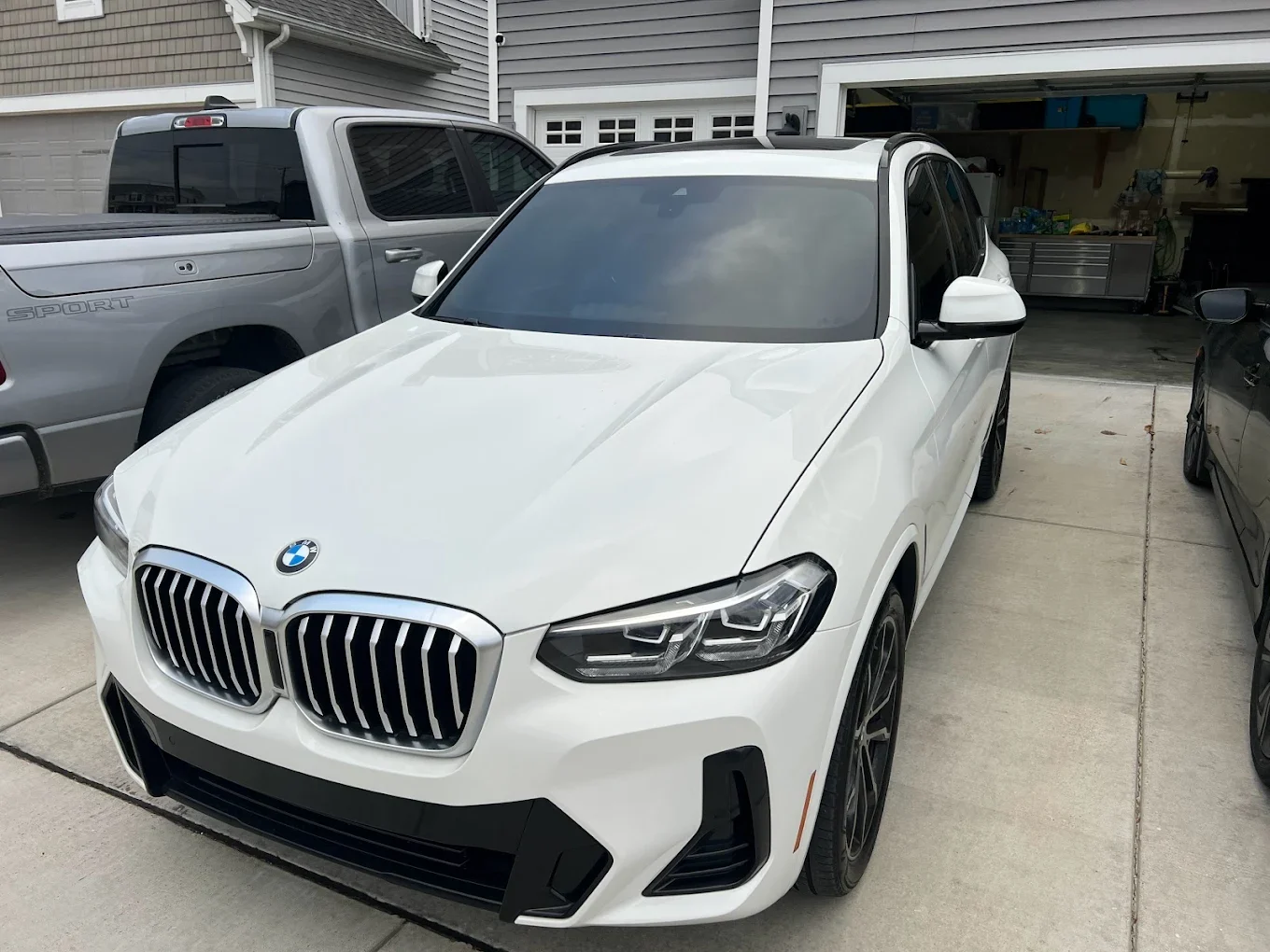Window tinting does more than make your car look sharp. It shields your eyes from harsh sunlight, keeps your vehicle’s interior cool, and even provides added privacy while driving. But before you go darker on your windows in Missouri, you need to understand the law—because not all window tint are legal.
At Express Window Tinting & Paint Protection, we’re not just here to install high-quality tint—we’re here to make sure your vehicle stays within Missouri’s legal requirements. This comprehensive 2025 guide will walk you through legal tint percentages, reflectivity restrictions, exemptions for medical needs, and everything else you need to know to stay road-legal in Missouri.
What Is Window Tinting and Why Is It Regulated in Missouri?
Window tinting refers to applying a thin film to a vehicle’s windows to reduce sunlight, heat, glare, and UV rays. But while tinting has a ton of benefits—from enhancing your ride’s aesthetics to improving comfort and safety—Missouri regulates it to ensure visibility and law enforcement safety.
Think of it this way: darker tint may look cool, but they can also reduce visibility at night and make it harder for police officers to see inside your vehicle during a stop. That’s why Missouri has specific rules for different window locations, vehicle types, and tint darkness levels.
Understanding VLT: What Is Visible Light Transmission?
Before diving into percentages and laws, it’s crucial to understand Visible Light Transmission (VLT). This term is used to describe how much visible light passes through your window and the film applied.
- Higher VLT% = lighter tint (more visibility)
- Lower VLT% = darker tint (less visibility)
For example:
- A 70% VLT tint lets in 70% of light and appears very light.
- A 5% VLT tint (commonly called “limo tint”) only allows 5% of light in and appears extremely dark.
Each window on your vehicle is subject to different legal VLT requirements under Missouri state law.
Legal Window Tint Limits for Sedans in Missouri
Driving a standard car, coupe, or sedan? Here’s how the Missouri tint laws apply to you:
Front Side Windows
The front driver and passenger side windows must allow at least 35% of visible light to pass through. This ensures clear visibility for drivers and law enforcement.
Rear Side Windows
When it comes to the rear side windows, Missouri gives you more freedom. Any level of darkness is permitted, meaning you can go as dark as you like—even 5% if that suits your style or privacy needs.
Rear Windshield
The rear window (back windshield) can also have any tint darkness. However, if this window is tinted, dual side mirrors are required to maintain proper rear visibility.
Windshield
Only non-reflective tint is allowed above the AS-1 line, which is a small strip about 5 to 6 inches from the top of your windshield. If your windshield doesn’t have an AS-1 line marked, play it safe by not tinting below 5 inches from the top.
Missouri Tint Laws for SUVs, Vans, and Trucks
Larger vehicles such as SUVs, trucks, and vans fall into the multi-purpose vehicle (MPV) category. The tint laws here are a bit more lenient for rear windows:
Front Side Windows
The same as for sedans: front windows must allow more than 35% of light in.
Rear Side Windows & Rear Windshield
There are no specific limits on darkness for these windows in SUVs or MPVs. That means you can go very dark, even limo black, for maximum privacy and sun protection.
This flexibility is especially useful for those who use their vehicles for transporting children, pets, or cargo that needs to be shielded from the sun.
Is Reflective Window Tint Allowed in Missouri?
Reflectivity refers to how much light or heat your window tint reflects. While it can help reduce solar heat and glare, Missouri restricts the use of reflective or metallic tint on both front and rear side windows.
Here’s What’s Not Allowed:
- Mirror-like tint or highly reflective films
- Tint that obstruct outward visibility or create hazardous glare for other drivers
If you’re aiming for heat rejection without breaking the law, Express Window Tinting & Paint Protection recommends ceramic or carbon-based tint films. These are non-reflective, high-performing, and 100% legal under Missouri regulations.
Legal Windshield Tint in Missouri
Many drivers ask if they can tint their entire windshield. The short answer is no—but a sun visor strip at the top is allowed.
Windshield Tint Rules:
- Only the top portion of the windshield may be tinted
- Tint must be non-reflective
- Placement must be above the AS-1 line (or within the top 5 inches if no line is marked)
This upper strip helps reduce sun glare during sunrise or sunset without obstructing your forward view.
Medical Exemptions for Window Tint in Missouri
Certain medical conditions—such as lupus, albinism, or photosensitivity—may require you to use darker window tint for health reasons.
How to Apply for a Medical Exemption:
- Obtain a written letter or prescription from your doctor explaining the medical necessity for darker tint.
- Submit it to the Missouri Department of Public Safety along with the application.
- Once approved, you’ll receive a certificate or exemption card that must be carried in your vehicle.
Express Window Tinting & Paint Protection regularly helps customers install medically exempt tint while ensuring the proper documentation is in place for roadside checks or inspections.
Quick Reference Table: Missouri Tint Law Summary
| Window Position | Sedans | SUVs / MPVs |
| Windshield | AS-1 line only | AS-1 line only |
| Front Side Windows | 35% VLT min | 35% VLT min |
| Rear Side Windows | Any darkness | Any darkness |
| Rear Windshield | Any darkness | Any darkness |
Annual Vehicle Inspections and Tint Compliance
Missouri requires annual safety inspections for most vehicles. One key component? Window tint legality.
What Inspectors Check:
- VLT percentage using a tint meter
- Reflectivity levels
- Whether dual mirrors are present (if rear tint is dark)
Failing the inspection because of illegal tint means you’ll need to remove or replace the film and have your vehicle re-inspected before registration renewal.
With Express Window Tinting & Paint Protection, we install compliant tint that won’t cause inspection headaches later on.
Penalties for Illegal Window Tint in Missouri
Ignoring tint regulations might not seem like a big deal—until you get pulled over or fail inspection.
Possible Consequences:
- Fines ranging from $75 to $150+
- Requirement to remove the illegal tint
- Vehicle may fail its annual safety check
- Repeat offenses can lead to further legal action
Avoid the stress. Work with certified professionals like Express Window Tinting & Paint Protection to get the job done right the first time.
Types of Legal Window Films Available
There’s no need to compromise between legality and performance. Missouri allows a variety of window tint types—as long as they meet VLT and reflectivity requirements.
Legal Tint Options Include:
- Dyed Film – Basic, cost-effective, legal with the right VLT
- Carbon Tint – Durable, non-reflective, and heat-blocking
- Ceramic Tint – Best in class for heat rejection and UV protection, plus it’s non-metallic and legal
At Express Window Tinting & Paint Protection, we’ll walk you through the pros and cons of each film type and help you select a product that looks great and meets Missouri’s standards.
How Missouri Tint Laws Compare to Neighboring States
If you frequently drive across state lines, it’s important to know that window tint laws vary significantly by state.
| State | Front Windows | Rear Side | Rear Window | Windshield |
| Missouri | 35% VLT | Any | Any | AS-1 only |
| Kansas | 35% VLT | 35% VLT | 35% VLT | AS-1 only |
| Illinois | 35% VLT | 35% VLT | 35% VLT | AS-1 only |
| Arkansas | 25% VLT | 10% VLT | 10% VLT | AS-1 only |
| Oklahoma | 25% VLT | 25% VLT | 25% VLT | AS-1 only |
If your tint is legal in Missouri but illegal in Kansas or Arkansas, you may still get ticketed when crossing into those states—so travel smart.
Why Choose Express Window Tinting & Paint Protection for Window Tinting in Missouri?
We’re more than just a tint shop—we’re your local experts in compliant, professional window tinting that doesn’t cut corners.
Here’s What Sets Us Apart:
- We follow Missouri tint laws to the letter
- Our team uses professional VLT meters to confirm compliance
- We offer ceramic and carbon films for superior heat rejection and visibility
- If you need a medical exemption, we can walk you through the process
- Fast turnaround and long-lasting, bubble-free installations
No guessing. No fines. Just clean, sleek, legal tint every time.
Conclusion: Stay Legal & Stylish with Window Tinting in Missouri
Missouri’s window tint laws may seem complex at first, but they’re actually pretty straightforward once you know what’s allowed. Whether you drive a sedan, truck, or SUV, staying within the legal VLT percentages is key to avoiding fines and ensuring road safety.
With expert help from Express Window Tinting & Paint Protection, you don’t have to worry about violations or failed inspections. We’ll make sure your tint is both aesthetic and compliant—keeping you cool, protected, and within the law.
Frequently Asked Questions (FAQs)
1. Is 20% tint legal on front side windows in Missouri?
No. Missouri law requires front side windows to allow more than 35% of light through. A 20% tint would be too dark unless you have a medical exemption.
2. Can I tint my back windows as dark as I want in Missouri?
Yes, rear side windows and rear windshields can have any level of darkness in Missouri—as long as your vehicle has dual side mirrors.
3. What happens if I fail my inspection due to window tint?
If your tint is too dark or reflective, you’ll fail your inspection and need to replace or remove the tint before your registration can be renewed.
4. Can reflective or metallic tint be used in Missouri?
No. Missouri prohibits mirror-like or metallic tint that are overly reflective. Stick with non-reflective options like ceramic or dyed film.
5. How do I get a medical exemption for darker tint in Missouri?
Get a note from your licensed physician and apply through the Department of Public Safety. Once approved, you’ll receive an exemption certificate to carry in your vehicle.


